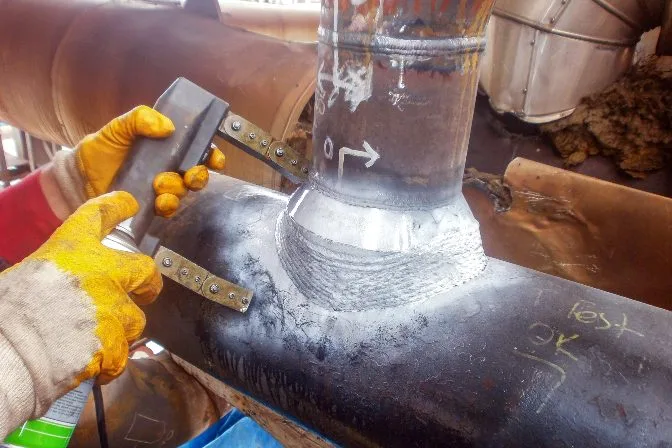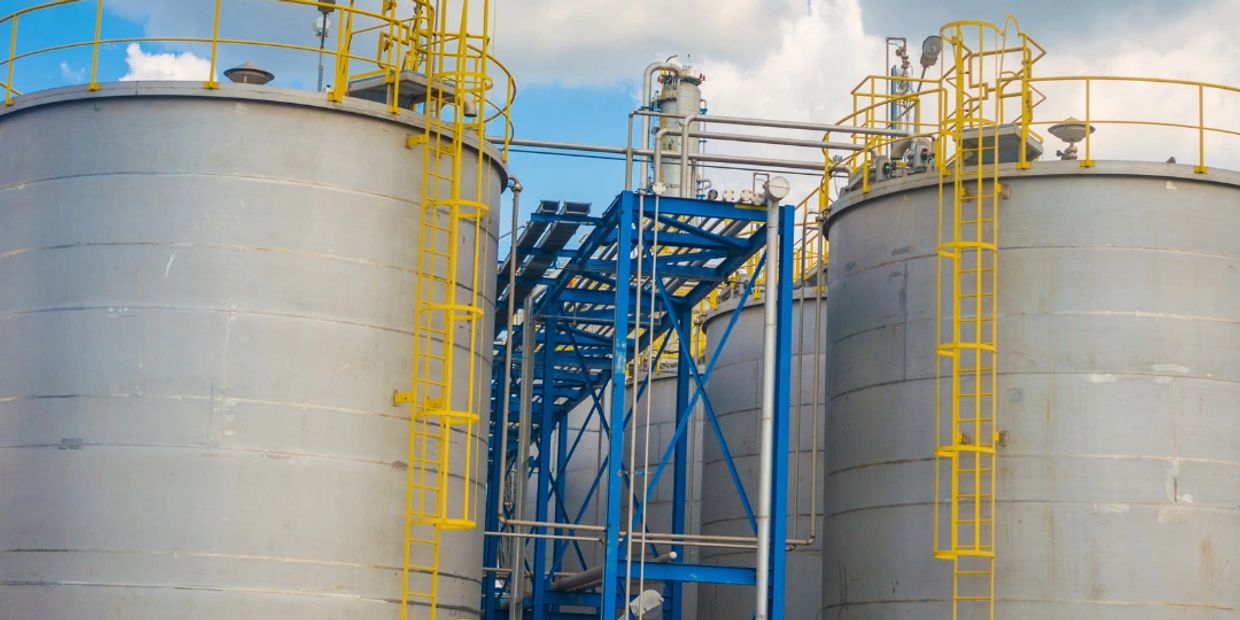The Necessary Function of Container Welding Examination in Ensuring Structural Stability and Safety And Security Conformity in Industrial Applications
In the realm of industrial applications, tank welding inspection emerges as a pivotal element in safeguarding structural honesty and guaranteeing conformity with safety regulations. Using a mix of strategies such as aesthetic evaluations and progressed testing techniques, these inspections offer to recognize and alleviate prospective imperfections prior to they escalate into considerable risks. The effects of these methods prolong past plain regulatory adherence; they fundamentally effect operational effectiveness and possession durability. The intricacies bordering the evaluation procedure trigger a closer examination of its approaches and outcomes, exposing layers of value that benefit more exploration.
Importance of Container Welding Assessment

Ensuring compliance with market criteria and regulations is one more considerable aspect of storage tank welding evaluation. Regulative bodies mandate rigorous standards for the construction and upkeep of tank, and comprehensive inspections assist organizations adhere to these needs. Non-compliance can lead to serious penalties, including fines and shutdowns, additionally stressing the requirement for extensive evaluation procedures.
Additionally, container welding evaluation plays an essential duty in preserving operational efficiency. Routine evaluations can determine prospective issues prior to they intensify, facilitating prompt repair work and lessening downtime. This proactive technique not only boosts safety and security but additionally adds to cost financial savings over time. In summary, the significance of container welding examination hinges on its capacity to secure public health and wellness, protect the atmosphere, and ensure compliance with governing structures.
Secret Examination Strategies
Effective tank welding evaluation relies upon a selection of crucial strategies that make sure complete assessment of weld top quality and architectural integrity. Amongst the most prevalent techniques are aesthetic assessment, ultrasonic testing, radiographic testing, and magnetic bit testing - Tank Welding Inspection. Each technique provides unique advantages in examining different elements of the weld
Visual examination acts as the initial line of protection, enabling examiners to identify surface area flaws, irregularities, or incongruities in the weld grain. Ultrasonic testing uses high-frequency sound waves to detect interior flaws, such as splits or spaces, offering a comprehensive assessment of weld integrity. This approach is especially efficient in identifying issues that may not be noticeable on the surface area.
Radiographic testing utilizes X-rays or gamma rays to generate images of the welds, disclosing interior stoppages and providing an irreversible record for future reference. This technique is very reliable for important applications where the threat of failure have to be decreased.
Last but not least, magnetic particle testing is utilized to recognize surface area and near-surface defects in ferromagnetic materials. By using magnetic areas and great iron fragments, inspectors can pinpoint gaps that might endanger the architectural honesty of the storage tank. Together, these techniques form a durable structure for making certain high-quality welds in industrial applications.
Conformity With Safety Requirements

Routine examinations play a crucial duty in ensuring compliance by determining potential failures or inconsistencies from recommended requirements. Assessors are educated to assess weld quality, confirm material requirements, and assess the total architectural integrity of tanks. Their experience is important in making certain that welding procedures fulfill the called for security criteria.
Furthermore, compliance with security criteria not only shields workers however also safeguards the setting from possible hazards such as leakages or devastating failings. Organizations that prioritize security conformity are much better placed to alleviate risks, boost functional efficiency, and cultivate a culture of safety and security within their workforce. In recap, preserving rigorous conformity with security useful link standards is essential for the successful operation of container welding tasks in commercial settings.
Benefits of Regular Assessments
Regular inspections are indispensable to keeping the architectural integrity and safety and security of bonded tanks. These evaluations provide a systematic technique to determining possible flaws or weaknesses in the welds, guaranteeing that any kind of concerns are dealt with prior to they escalate into considerable failings. By carrying out regular analyses, companies can discover corrosion, fatigue, and various other types of damage that may jeopardize container efficiency.
Moreover, constant examinations add to conformity with sector regulations and standards. Sticking to these standards not only mitigates legal dangers however also boosts the organization's track record for safety and integrity. Regular examinations promote a proactive safety and security culture, urging employees to acknowledge and prioritize the value of equipment honesty.

Study and Real-World Applications
Study and real-world applications show the concrete effect of reliable container welding inspection methods. One significant instance is a large petrochemical center that encountered substantial functional disturbances due to leaks in storage tanks. Following the implementation of rigorous welding inspection methods, consisting of visual and ultrasonic testing, the center determined important defects in weld seams that can have caused catastrophic failures. This aggressive method not just avoided ecological dangers yet also saved the company millions in potential clean-up expenses and regulatory fines.
Likewise, a water therapy plant executed a detailed examination program for its container welding procedures - Tank Welding Inspection. By including non-destructive testing approaches, the plant had the ability to spot very early signs of deterioration and exhaustion in official site weld joints. This prompt treatment prolonged the life expectancy of the containers and ensured conformity with safety and security guidelines, therefore guarding public wellness
These study highlight the value of normal and organized container welding examinations. By focusing on these methods, markets can minimize dangers, boost structural stability, and make certain compliance with safety and security standards, inevitably leading to improved functional effectiveness and decreased obligations.

Verdict
In verdict, container welding assessment is an essential component of keeping architectural stability and security in commercial applications. Using various evaluation strategies makes certain very early detection of prospective flaws, therefore stopping catastrophic failures. Adherence to safety criteria further boosts functional dependability and conformity with governing demands. Ultimately, routine examinations not just shield public health and the atmosphere yet likewise add to the long life and effectiveness of important properties, highlighting the crucial duty of this practice in commercial procedures.